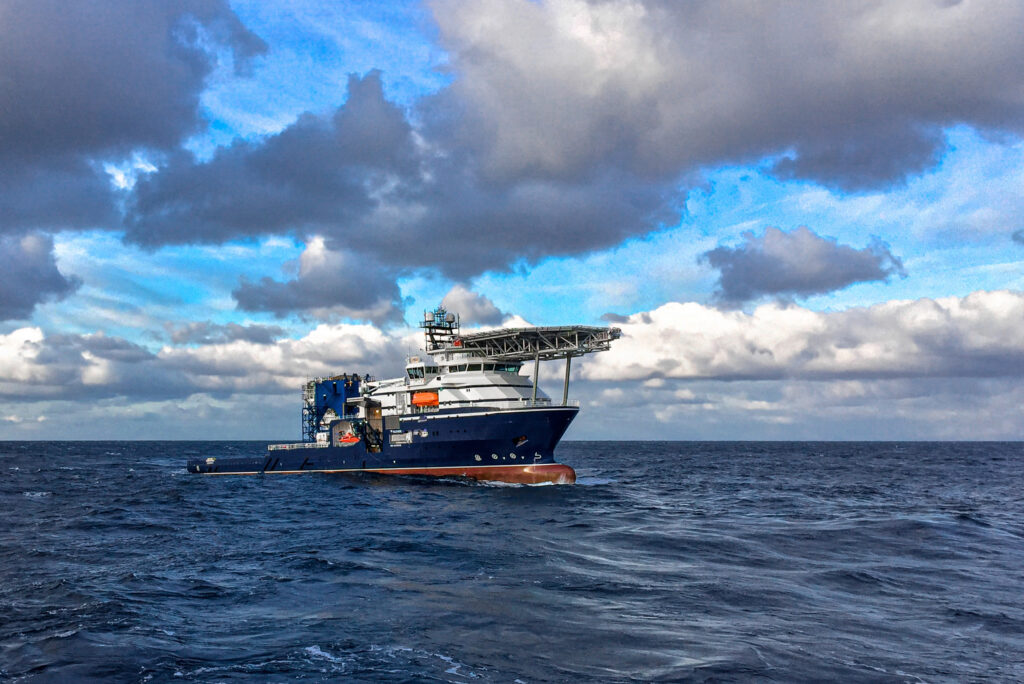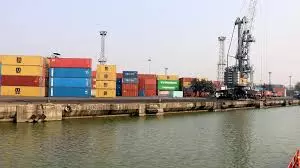Copyright offshore-energy

By Sahil Kochhar, Commercial Manager, Miros Monitoring, understanding and responding to vessel motion is fundamental for maintaining safety, efficiency and uptime in any offshore operation, whether that be in offshore energy or marine construction. Over many decades we have seen what can happen if this crucial aspect of seafaring is overlooked. Ensuring stability, safety and predictability in vessel motion is at the core of operational excellence. Traditionally, vessel motion has been understood through Response Amplitude Operators (RAOs), pre-computed models estimating how a vessel responds to different wave frequencies and headings. These mathematical functions, derived from simulations or model tests, have long been a cornerstone of offshore engineering. However, while RAOs remain useful, their limitations have become increasingly clear in modern offshore environments. They are, by nature, static representations of dynamic conditions, built on assumptions about ballast, cargo load and sea states, and as such can often fail to reflect the ever-changing reality of vessel operations. As a result, operators are forced to apply large safety margins to RAO-based limits, reducing risk, but also narrowing operational windows and increasing costly downtime. Once a vessel leaves the shipyard, its behavior can differ significantly from the theoretical model. When sea states diverge from forecasts, RAO-based predictions can be misleading, sometimes halting operations prematurely, other times allowing them to continue under false confidence. The bigger issue is that RAOs do not evolve in real-time. They offer no insight into how vessel motion will change in the next few minutes or hours. This reactive approach forces crews to adjust operations only after conditions deteriorate, instead of proactively planning around them. In short, relying solely on RAOs creates a system where operators either stop too soon or continue too long, both of which carry safety and financial risks. Advances in sensor technology, analytics and connectivity are now changing that picture. The industry is moving from predictive modeling to real-time measurement, where vessel motion and sea state are monitored live, rather than being assumed. Miros WaveSystem provides real-time wave and current data, feeding into Digital Twins and AI-driven predictive analytics that forecast vessel behavior minutes into the future. What was once theoretical has become an operational reality. The WaveSystem technology has a proven track record of enabling dynamic operability envelopes, adaptive specifications that adjust continuously to actual conditions. Instead of working with static thresholds, operators can modify operational limits in real-time, ensuring safety margins are neither too strict nor too loose. The result is an operational model that is both safer and more efficient, expanding usable working windows and reducing unnecessary downtime. The way offshore operations are conducted is changing, underpinned by various exciting technological developments, among them predictive analytics platforms such as Miros’ PredictifAI®. This system combines real-time, radar-based sea state measurements with machine learning and hydrodynamic models to forecast vessel motion several minutes ahead. By providing deterministic predictions of ocean waves and vessel response, PredictifAI gives operators a new level of foresight. It enables them to plan critical operations such as crane lifts, personnel transfers and dynamic positioning with far greater precision. This ability to “see ahead” transforms operational planning. Knowing when a vessel will be most stable allows teams to time their actions perfectly, avoid weather-induced delays and enhance safety. The difference between a reactive and predictive mindset can mean saving hours, or even days, of offshore time, translating directly into cost savings and reduced project risk. Moving from RAO-based assumptions to live vessel motion measurements offer clear benefits across the offshore value chain. Operators no longer need to plan around worst-case scenarios; instead, they can make confident and data-driven decisions based on actual conditions. Short-term weather lulls can now be safely utilized for operations that would otherwise be deemed too risky under static specifications. Each of these incremental gains contributes to significant time and cost savings over a project’s lifecycle. For ship designers, operators and project managers ready to modernize their approach, the path forward involves three key steps. Firstly, RAOs must be combined with real-time data, with live measurements being used to complement design assumptions. Predictive analysis must also be adopted so that short-term motion forecasting can optimize timing. Finally, by integrating real-time systems into training and standard operation procedures to ensure crews can interpret and act on live data effectively. Together, these steps unlock the full potential of modern data-driven vessel operations. Real-time data and predictive analytics are now central to the operational safety and efficiency of the offshore industry, heralding a new era for the sector. What were once supplementary tools are now central pillars of safety and operability. Continuous measurement of wave and vessel motion replaces historical assumptions with actionable insight. As offshore projects become more complex and dynamic, the ability to measure and predict local vessel behavior in real-time will define the next generation of operational excellence. The maritime industry can no longer afford to rely solely on static RAO-based specifications and the transition to live vessel motion measurement is a definite and inevitable step. By embracing live measurements, adaptive limits and predictive foresight, operators can enhance safety, extend working windows and drive new levels of efficiency for more profitable offshore operations. Note: The opinions, beliefs, and viewpoints expressed in this article do not necessarily reflect the opinions of Offshore-Energy.biz



